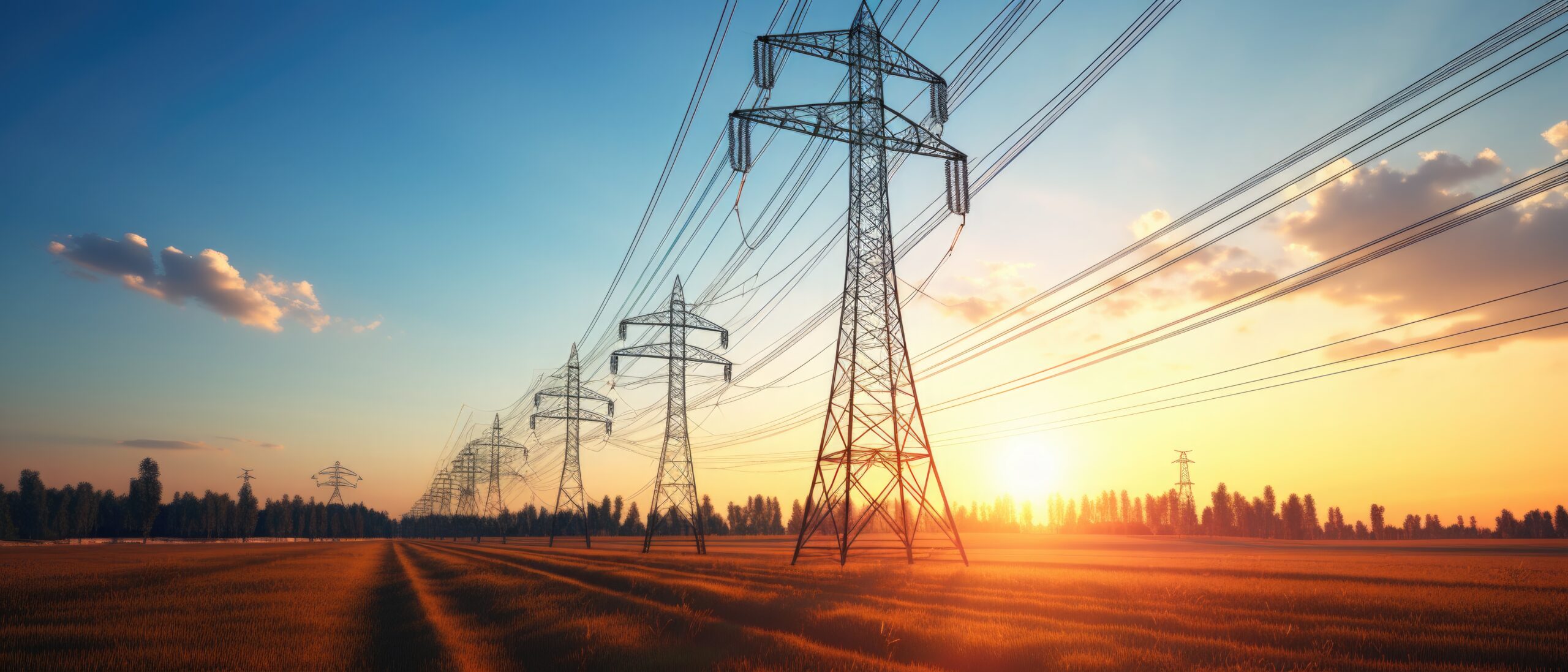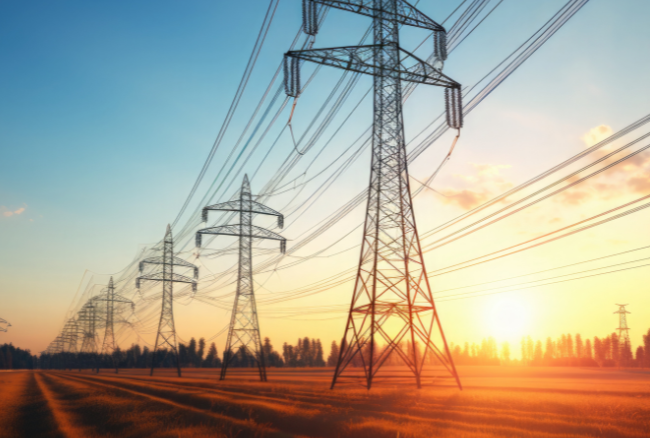- 15 February, 2024
- Beatriz Tudela Segura
- Comment: 0
- News

STUDY, ANALYSIS, CALCULATION AND 3D MODELING OF OVERHEAD POWER LINES FOR THE EVACUATION OF RENEWABLE ENERGY GENERATING PLANTS
In a world increasingly commited to the transition to cleaner and more sustainable energy sources, renewable power plants play a crucial role in reducing dependence on fossil fuels. However, for these renewable energy sources to be effective, it is essential to have efficient and reliable electrical transmission systems that evacuate the generated energy to consumption centers. In this article, we will explore the procedure followed by MEP-Projects for the study, analysis and calculation of overhead power lines for the evacuation of renewable energy generating plants for which it develops the design engineering.

1. Preliminary Study
The preliminary study of an evacuation power line begins with the evaluation of several factors:
- Location of the General Plant and the evacuation point: The geographic location of both the renewable energy generating plant and the connection point is studied, for which an analysis of the nearest substations of the distribution company in the area and their connection and/or expansion possibilities is carried out.
- Generation Capacity: The plant’s generation capacity is analyzed, i.e., the amount of energy it can produce and the frequency of its generation, in order to be able to subsequently size the line.
- Evacuation Route: A first staking out of the optimal route for the evacuation line is performed, taking into account factors such as geography, environmental seting, access requirements for construction and maintenance of the terrain, and availability of rights of way. With this, a complete topography of the line route can be made.
2. Electrical and Structural Design Analysis
Once the evacuation route has been established, we proceed to the design analysis:
- Voltage and Capacity Selection: The operating voltage of the line and its transmission capacity are selected, considering the evacuation distance and the amount of energy expected to be evacuated.
- Load Analysis: Mechanical and electrical loads acting on the line are calculated, including voltage, current and loads due to wind, snow, ice and temperature.
- Structural Design: The towers, including domes and crossarms, of the line are designed, taking into account the load analysis performed.
- Material Selection: Suitable materials are selected for conductors, protection equipment, insulators and other line components, considering energy efficiency, corrosion resistance and durability.
3. Calculation and Simulation
The design and calculation of evacuation power lines are critical steps in the design and optimization of the overhead line and require specialized tools to accurately model the power transmission of the overhead line. Various sotiware are used by Mep Projects to perform structural analysis, calculate the load carrying capacity of the conductors and simulate the behavior of the line under different load and weather conditions.
Technical supervision is essential during all stages of the process, from the collection of topographic data to the implementation of the final design. Specialized power line engineers oversee the development of the project, ensuring compliance with regulations and safety standards, as well as optimizing the performance and efficiency of the line.
- Specialized Software: MEP-Projects relies on the help of advanced software tools, as well as software from trusted suppliers in the market to perform structural and electrical calculations, simulate the behavior of the line under various conditions and optimize its design and performance.
- Stability Analysis: Stability analyses are performed to evaluate the line’s resistance to extreme conditions, such as high winds or ice loads, and protection and reinforcement measures are designed if necessary. At this point, the foundations of all supports are determined. Monoblock, straight square tetrablock and square tetrablock with cave are the main types of foundations used in the installation of electric supports for transmission lines.
- Power Flow Studies: Power flow studies are carried out to evaluate the performance and stability of the line under different operating and load conditions.
4. 3D modeling of the complete topography
Once all the parameters, both electrical and structural, of the power line have been designed, the visualization in a 3D model of the complete topography of the power line is one of the differential points in our projects. MEP-Projects, thanks to its large design team, uses mapping and digital modeling tools to create accurate representations of the terrain and plan the location of the support structures. This 3D modeling prior to construction, together with the help of our elaborate topographic profiles, gives our clients a very real image of the future evacuation line to be built.


Made by Juan Luis Gavira (Sr. Electrical Engineer)

